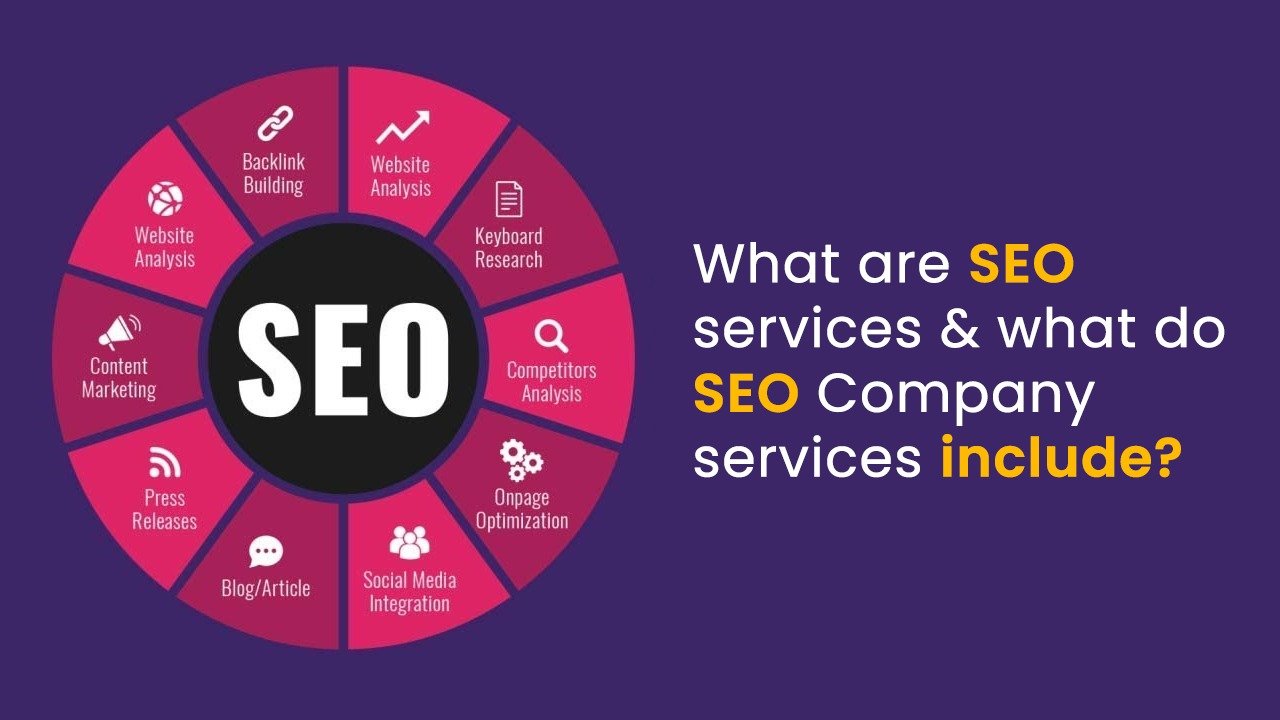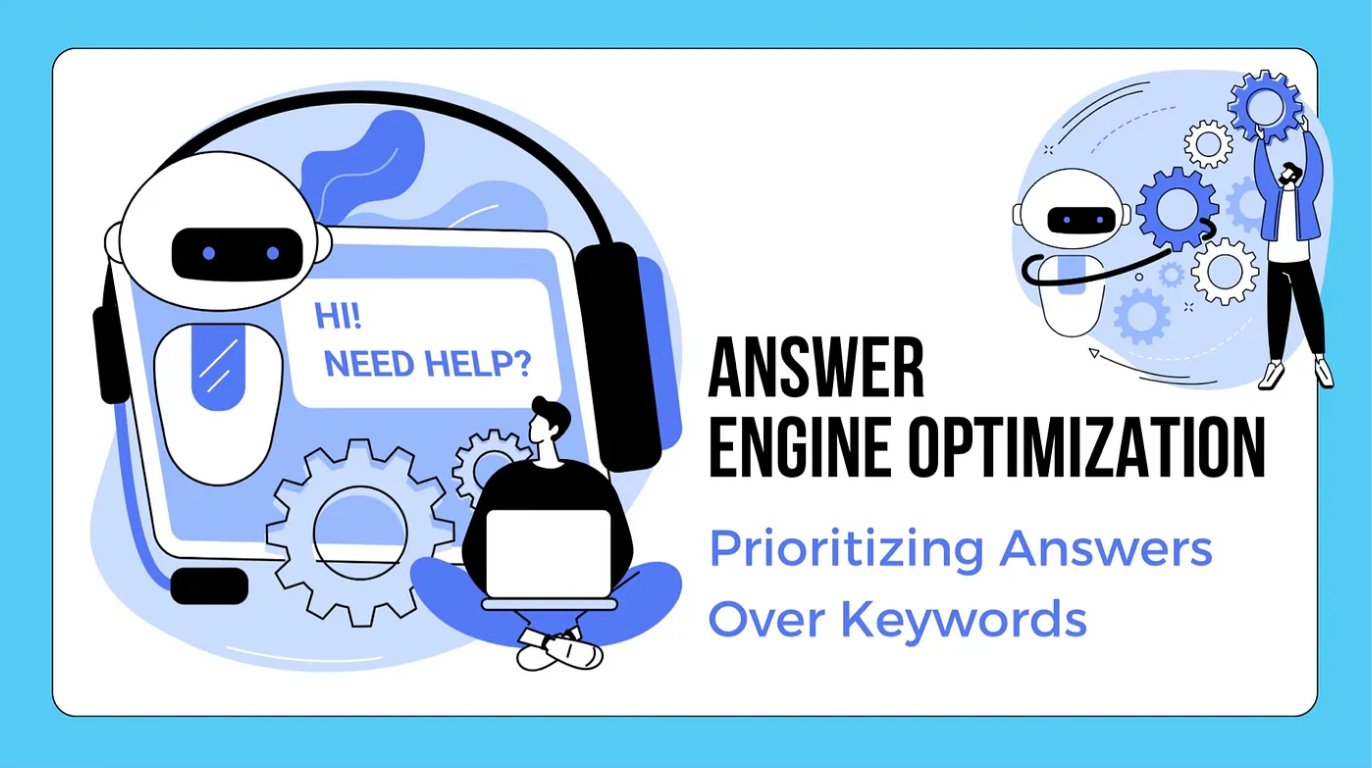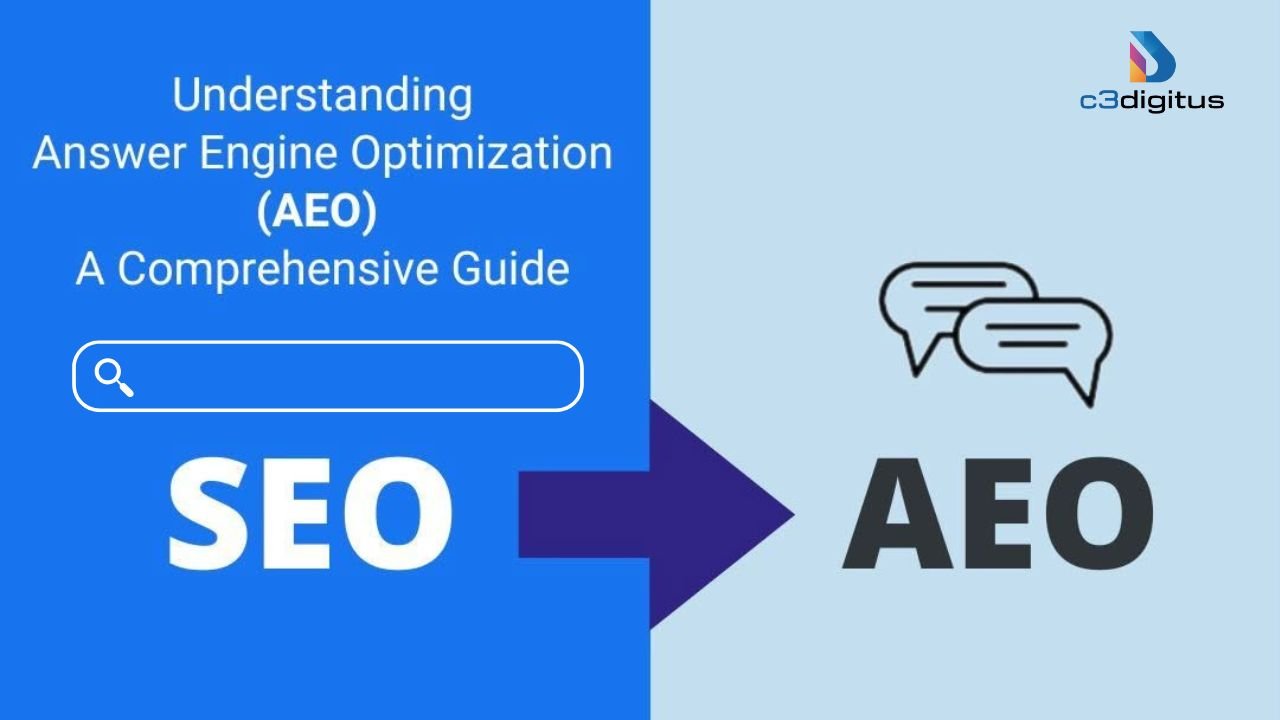AEO vs SEO: Which is Right for Your Business?

In the ever-evolving digital landscape, businesses have to adapt to new technologies and methodologies to stay competitive. One of the most critical aspects of online visibility and user engagement revolves around the concepts of AEO vs SEO. Understanding these two approaches can be pivotal in determining how effectively your business can attract and retain customers.
Both AEO (Answer Engine Optimization) and SEO (Search Engine Optimization) are essential strategies that serve different purposes and use various tactics to achieve their goals. This article will delve into the nuances of both AEO and SEO, exploring their significance, methodologies, advantages, and best practices to help you choose the right one for your business objectives.

The Fundamentals of SEO
Before we delve deep into AEO, it’s important to establish a clear understanding of SEO and its implications for your business.
SEO refers to the process of optimizing your website to rank higher on search engine results pages (SERPs). This involves tailoring content, enhancing site structure, and employing keywords that potential customers might use when searching for products or services similar to yours.
The Importance of Keyword Research
Keyword research is at the heart of any effective SEO strategy.

By discovering what terms and phrases potential customers are using to search for information relevant to your business, you can tailor your content accordingly. This not only increases visibility but also attracts organic traffic to your site.
The use of tools like Google Keyword Planner, SEMrush, or Ahrefs can help identify trending keywords that align with your brand’s niche.
Moreover, focusing on long-tail keywords—specific phrases that tend to have lower competition—can yield significant returns in terms of targeted traffic.
Understanding the intent behind these keywords is crucial, as people search for different things at various stages of their buying journey.
On-Page and Off-Page Optimization Techniques
Once keyword research is done, businesses must focus on both on-page and off-page optimization techniques.
On-page SEO includes elements such as content quality, meta tags, headers, and internal linking.
High-quality content that addresses users’ questions and provides valuable insights can lead to better user engagement and a lower bounce rate.
Off-page SEO, on the other hand, involves activities outside your website that influence your rankings, such as backlinks from reputable sites and social media engagement.
Creating shareable content, collaborating with influencers, and participating in relevant forums are excellent ways to enhance your off-page presence.
Combining both on-page and off-page strategies can create a robust foundation for improving your site’s authority and ranking in SERPs.
Measuring SEO Success
To assess the effectiveness of your SEO efforts, you must establish key performance indicators (KPIs).
Metrics such as organic traffic, click-through rates, conversion rates, and page-load times can provide valuable insights into how well your strategies are performing.
Tools like Google Analytics and Google Search Console allow you to monitor these metrics and adjust your strategies accordingly.
Regularly reviewing this data enables businesses to fine-tune their campaigns, adapting to changes in user behavior and search algorithms.
In conclusion, while SEO is essential for boosting online visibility and driving organic traffic, it requires ongoing effort and adaptability to remain effective.
AEO: An Emerging Paradigm

As technology progresses, so does the way individuals access information. Enter AEO, which stands for Answer Engine Optimization. Unlike traditional SEO, which focuses primarily on attracting visitors through search engines, AEO is about providing direct answers to users’ queries, often without requiring them to click through to a webpage.
Understanding the Shift Towards AEO
The shift towards AEO represents a fundamental change in consumer behavior and expectations.
With the advent of voice search and AI-driven applications like Siri, Alexa, and Google Assistant, users increasingly desire immediate, concise answers to their questions.
People no longer want to scroll through multiple links; they want quick solutions presented to them directly.
This has led to search engines prioritizing featured snippets, knowledge panels, and other rich answer formats that provide information straight from the search results.
Therefore, businesses need to pivot their strategies to meet these evolving demands, placing great importance on being recognized as authoritative sources of information.
Optimizing for Featured Snippets and Rich Answers
To successfully implement AEO, businesses must optimize their content in a way that increases the likelihood of being featured in these prominent positions on SERPs.
Utilizing structured data markup, creating FAQ-style content, and ensuring concise, informative answers can significantly improve your chances of being selected as a featured snippet.
Additionally, businesses should aim to answer common customer questions within the first few paragraphs of their content.
Clear headings, bullet-point lists, and straightforward language can enhance readability and comprehension, making it easier for search engines to identify and present your content as a direct answer to user queries.
The Role of User Intent in AEO Strategies
Understanding user intent is paramount in AEO, just as it is in SEO.
When optimizing for AEO, it’s essential to grasp the specific questions users may pose and address those inquiries comprehensively yet succinctly.
Identifying common themes in user searches allows businesses to craft content that meets the needs of their target audience directly.
Moreover, incorporating visual elements like images, infographics, or videos can further enrich the user experience and increase the likelihood of being considered a go-to source for answers.
In summary, AEO is an innovative approach to digital marketing that shifts the focus from driving traffic to providing instant solutions. Businesses that proactively adapt to this trend can position themselves advantageously in a competitive marketplace.
Comparing AEO and SEO: Key Differences and Synergies

While AEO and SEO share some common ground, they are fundamentally different in their execution and end goals.
A comprehensive analysis of both strategies reveals unique strengths and weaknesses that businesses must consider in choosing the right approach.
Audience Engagement and Experience
User engagement is a critical factor when comparing AEO and SEO.
While both aim to satisfy user needs, AEO excels in delivering immediate value.
Conversely, SEO often requires extended user interaction with a webpage before delivering a satisfactory outcome.
This distinction means that businesses prioritizing swift answers may find AEO more beneficial, while those aiming for deeper, long-term user relationships might lean towards traditional SEO methods.
Traffic Generation vs. Direct Answers
SEO is fundamentally about generating traffic to a website, encouraging users to engage with your content and subsequently convert.
In contrast, AEO focuses on delivering answers quickly, sometimes resulting in fewer clicks to your site.
However, AEO can still generate brand awareness and position your company as an industry leader by having your content featured prominently in search results.
Thus, while SEO emphasizes website visits, AEO concentrates on establishing credibility and trust through consistent high-quality answers.
Long-Term Strategy vs. Immediate Results
Lastly, the difference in strategic approach cannot be overlooked.
SEO often serves as a long-term investment, requiring ongoing adjustments and refinements to achieve sustained success over time.
On the other hand, AEO can produce immediate results, especially when optimized effectively for voice search and query-based answers.
This short-term benefit makes AEO appealing for businesses looking for rapid impact, while SEO remains essential for building a lasting online presence.
Ultimately, successful digital marketing strategies may benefit from incorporating both AEO and SEO elements, harmonizing immediate responses with longer-term brand-building efforts.
Best Practices for Implementing AEO and SEO

Integrating both AEO and SEO into your marketing plan requires careful consideration and strategic implementation.
Here are some best practices to help you effectively harness both strategies.
Creating Quality Content That Addresses User Queries
The foundation of successful AEO and SEO lies in producing high-quality, relevant content.
Content should be designed to answer specific user queries while maintaining engagement.
Utilizing a conversational tone and including practical examples can also make your content more relatable and engaging.
Furthermore, regularly updating existing content ensures the information remains accurate, fresh, and aligned with current trends.
Embracing Technology and Tools
Utilizing analytics tools, keyword planners, and A/B testing software can facilitate your optimization efforts.
Leveraging technology allows businesses to glean insights into consumer behavior and adjust their marketing strategies accordingly.
Investing in platforms that specialize in voice search optimization can also give your business a competitive edge in the AEO landscape.
Fostering Collaboration Between Teams
For businesses to maximize the benefits of AEO and SEO, collaboration between marketing, content creation, and technical teams is essential.
Open communication ensures that all departments align with the broader goals set forth in your digital marketing strategy, allowing for streamlined processes and improved outcomes.
By fostering a culture of collaboration and idea-sharing, your business can efficiently adapt and thrive in this dynamic environment.
In conclusion, effectively implementing AEO and SEO requires a commitment to creating valuable content, leveraging technology, and encouraging teamwork across departments.
Conclusion
In navigating the complex world of digital marketing, the dichotomy of AEO vs SEO presents unique opportunities and challenges.
Both strategies play vital roles in enhancing online visibility, attracting customers, and establishing trust within your industry.
While SEO may serve as the backbone of long-term growth and traffic generation, AEO offers immediate answers and leverages the growing trend toward voice and mobile searches.
Ultimately, the decision on which approach to adopt should be guided by your specific business goals, target audience, and market niche.
For many companies, a hybrid strategy combining both AEO and SEO can offer the best of both worlds, ensuring a balanced approach that addresses immediate consumer needs while building a sustainable online presence for the future.

